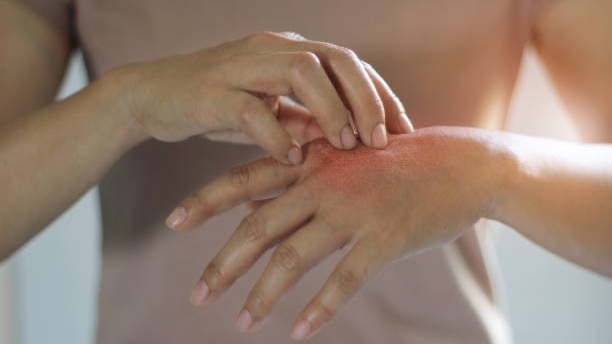Contraction is a normal part of the healing process whenever your skin suffers trauma, but for burn victims, it can hinder the burn healing process, especially over and around joints. Serious burns also damage the tiny glands under our skin that produce sweat and help regulate our body temperatures. Conversely, as your burns heal, you may find yourself sweating excessively.
As you heal, raised areas of lighter-colored skin replace the damaged tissue, and over time, they become more in tune with your natural skin tone. Severe burns can result in scars that remain a brighter shade than your undamaged skin. If you have a more fair complexion, this might not be an issue, but if you have a darker skin tone, the appearance of your healed skin could be more noticeable.
What Is Normal to Experience When It Comes to Burn Healing?
Blisters, tearing skin, and ulcerations are all normal during the healing process and typically result from rubbing, bumping, or stretching the burned area through normal activity. Clothes that quite literally rub you the wrong way, bumping into furniture, and exercise can all cause new blisters, small lacerations, and cracks in your healing skin. You should be able to treat any of these conditions yourself, but if your efforts aren’t enough, you will need to reach out to your doctor.
Another normal part of the burn healing process is itching. You may experience itching on and around the burn, graft, or donor site, but it is important not to scratch to avoid causing additional damage. If your itching is too distracting in any way, your doctor can help find a treatment plan.

